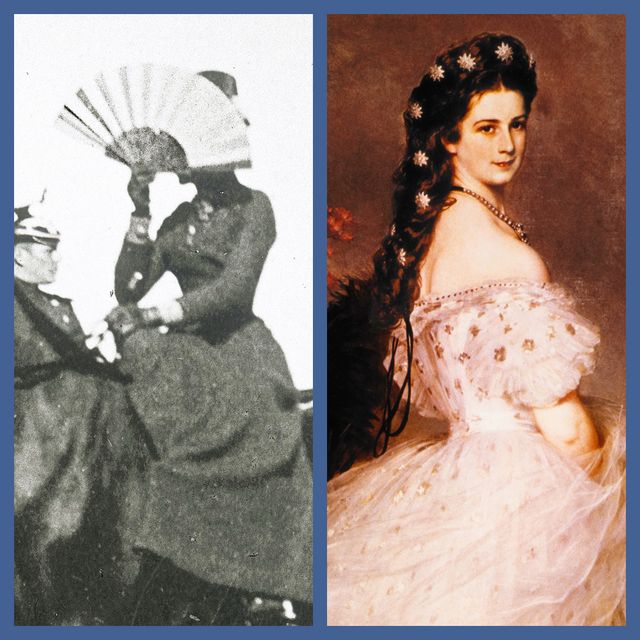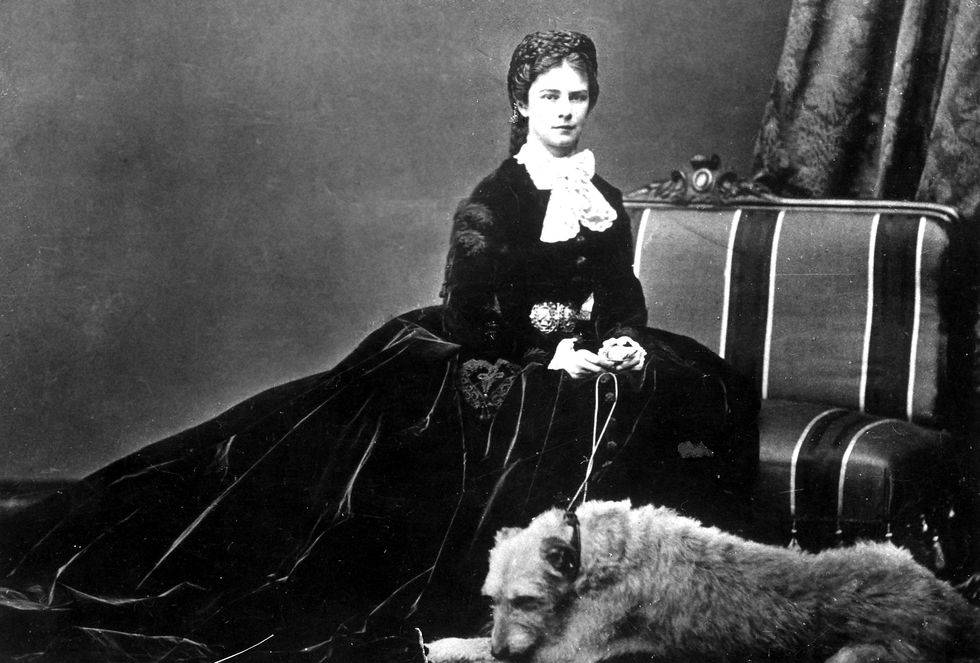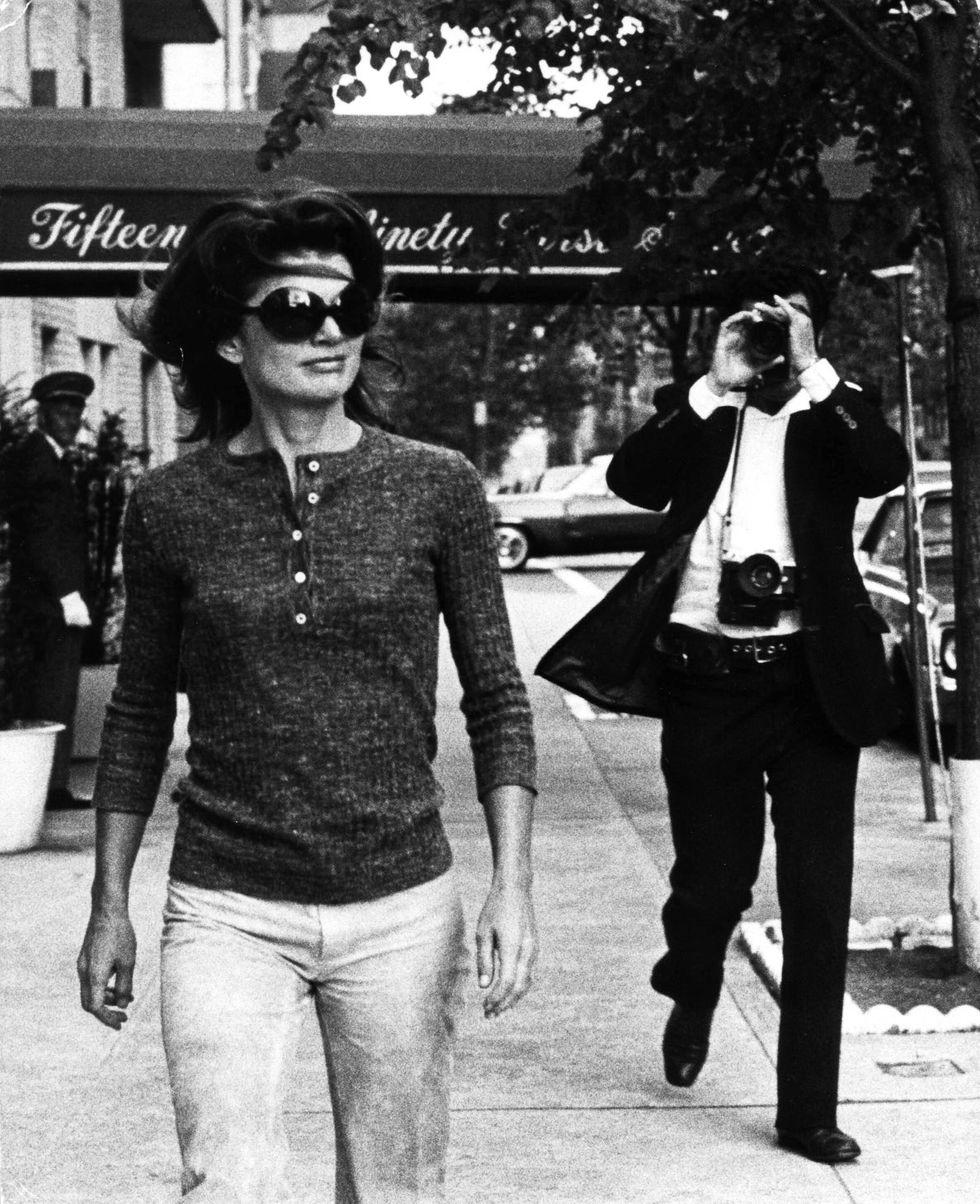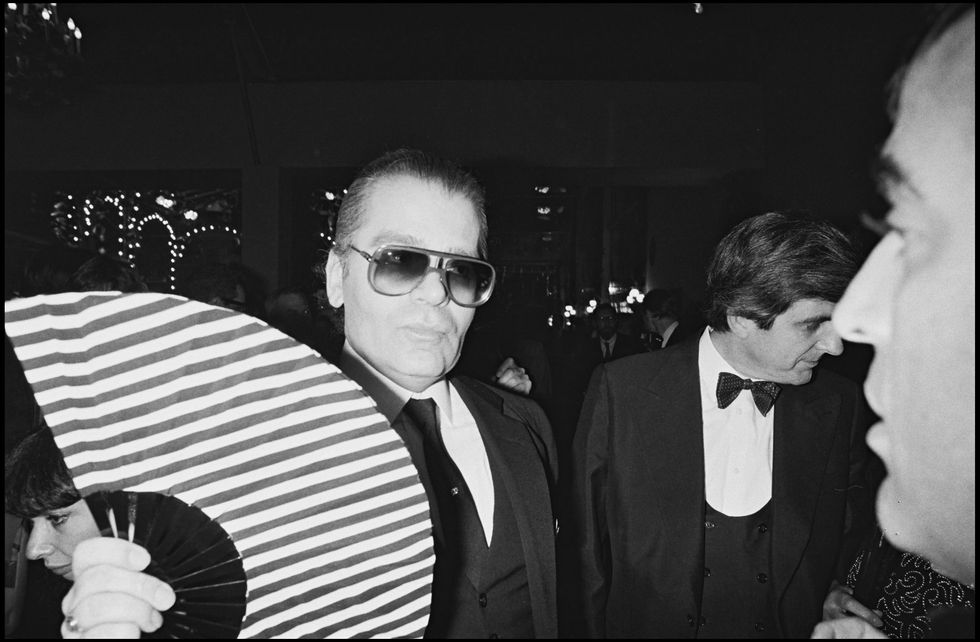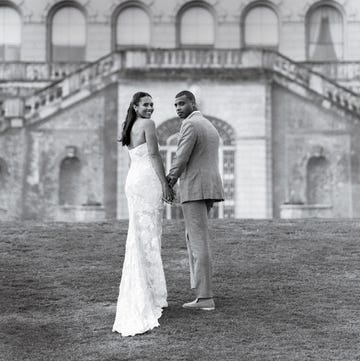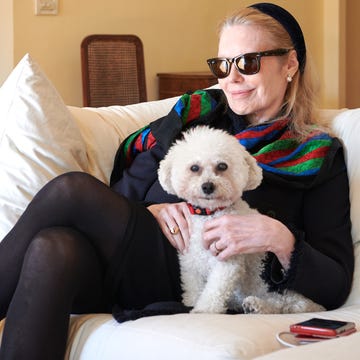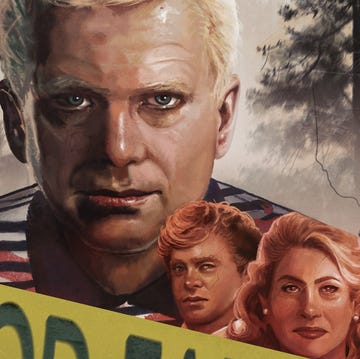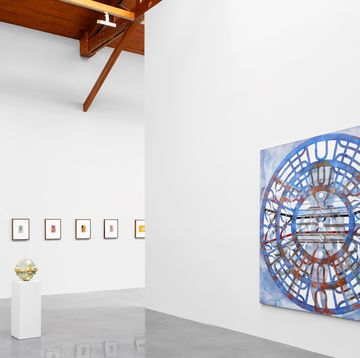What’s going on here? Why is the image below so familiar yet completely of another time? What may truly be called the first paparazzi photo was taken not by Ron Galella on Fifth Avenue, nor by Benno Graziani on the Via Veneto, but by a fellow called Baader standing on a heath in England or Ireland.
The date is perhaps 1879, or 1881, the subject the elusive Empress Elisabeth of Austria, pursued while foxhunting and caught, creating the archetype for all paparazzi targets to come: the tormented beauty.
It rings familiar, right? In her long and reluctant reign, Elisabeth, known as Sisi, became, like Princess Diana or Robert Mueller, the object of collective obsession the more she sought to avoid it. Quick sketch artists from European newspapers were dispatched to follow her travels, and reams of words were written describing her unpredictable behavior and penchant for black but extremely chic clothes.
But it was the photographer here who caught the gesture and got the real story.
Elisabeth had what today would be diagnosed as severe depression, likely compounded by an eating disorder. Ironically, as she was based in Vienna, she and Sigmund Freud missed each other by a few years—although, given the protocols of the most backward court in Europe, he would never have been allowed near her.
Spiritual therapy was unavailable to the Hapsburgs, so her battle against melancholy became physical. She developed a regimen of extreme exercise consisting of hikes, gymnastics (the rings and wall bars she set up in the Hofburg are still there), and riding. Her aptitude for this last pursuit was rooted in her childhood in Bavaria, where her father built the family a miniature circus. Sisi and her sister Helene trained as acrobatic horsewomen; anything you’ve seen at Ringling Bros., they likely could do.
Being empress, she found an outlet for this passion only in riding to hounds, and when Sisi pronounced the hunting in Hungary “boring,” it was suggested she try Ireland, where the wildest steeplechases took place. She visited Ireland and England several times between 1874 and 1882 to take part, and despite the public scrutiny, these may have been the happiest times of her adult life. But then sciatica became an issue; Sisi’s last hunt was in 1882.
Worse was to come. After the death of her son Rudolf in 1889 she was never psychologically sound, and her reclusive tendencies became a mania. The guards at Schönbrunn were forbidden to present arms and were instructed to look at the ground when her carriage passed. The empress became, in the words of historian Gordon Brook-Shepherd, “a ghost in her own life.”
If we could ask this ghost to linger a moment to talk to us, what would we hear? This is the subtext of all paparazzi photos, a form here perfected on the first try. The unfathomable gods are about to reveal something to us, but the words remain unspoken, and what it is we can never know.
What we do know is that Karl Lagerfeld, who left us this year but knew his history and his glamour better than anyone—not to mention the value of mystery—took note of this picture as the inspiration for his own use of the fan a century later. The once and future queen.
This story appears in the September 2019 issue of Town & Country. SUBSCRIBE NOW
